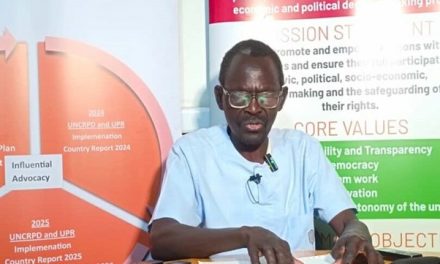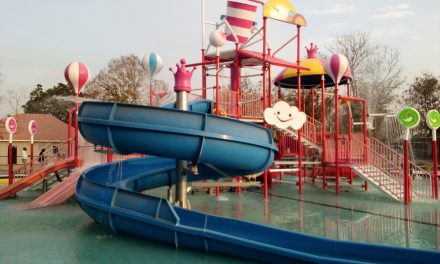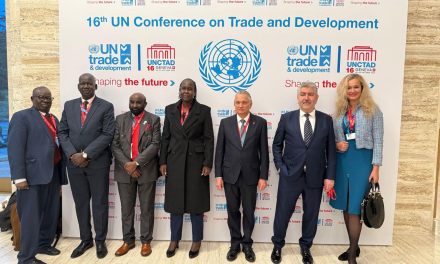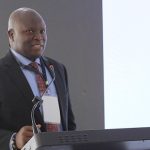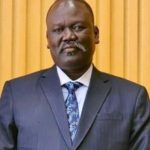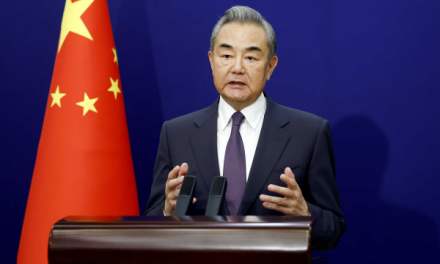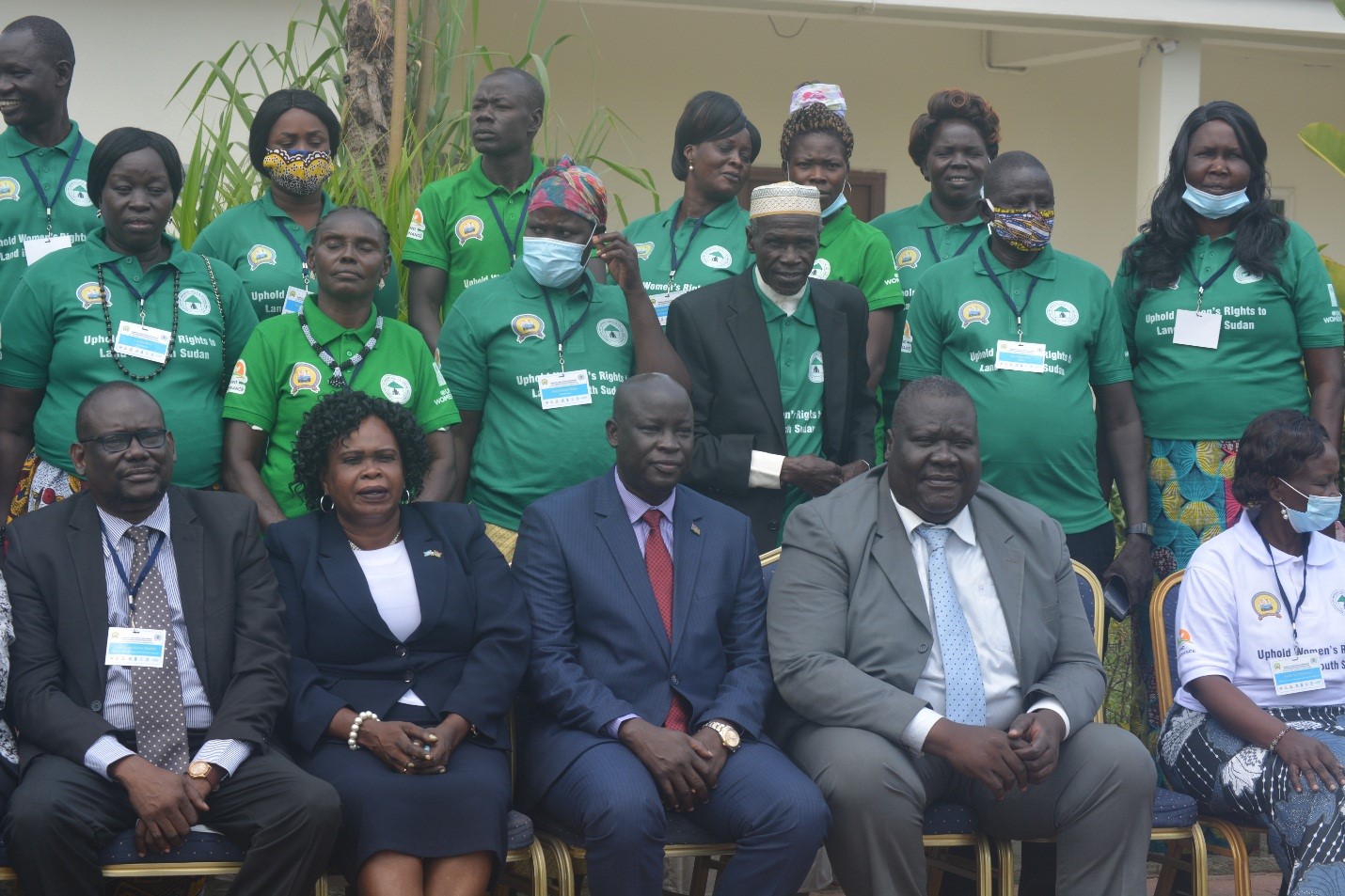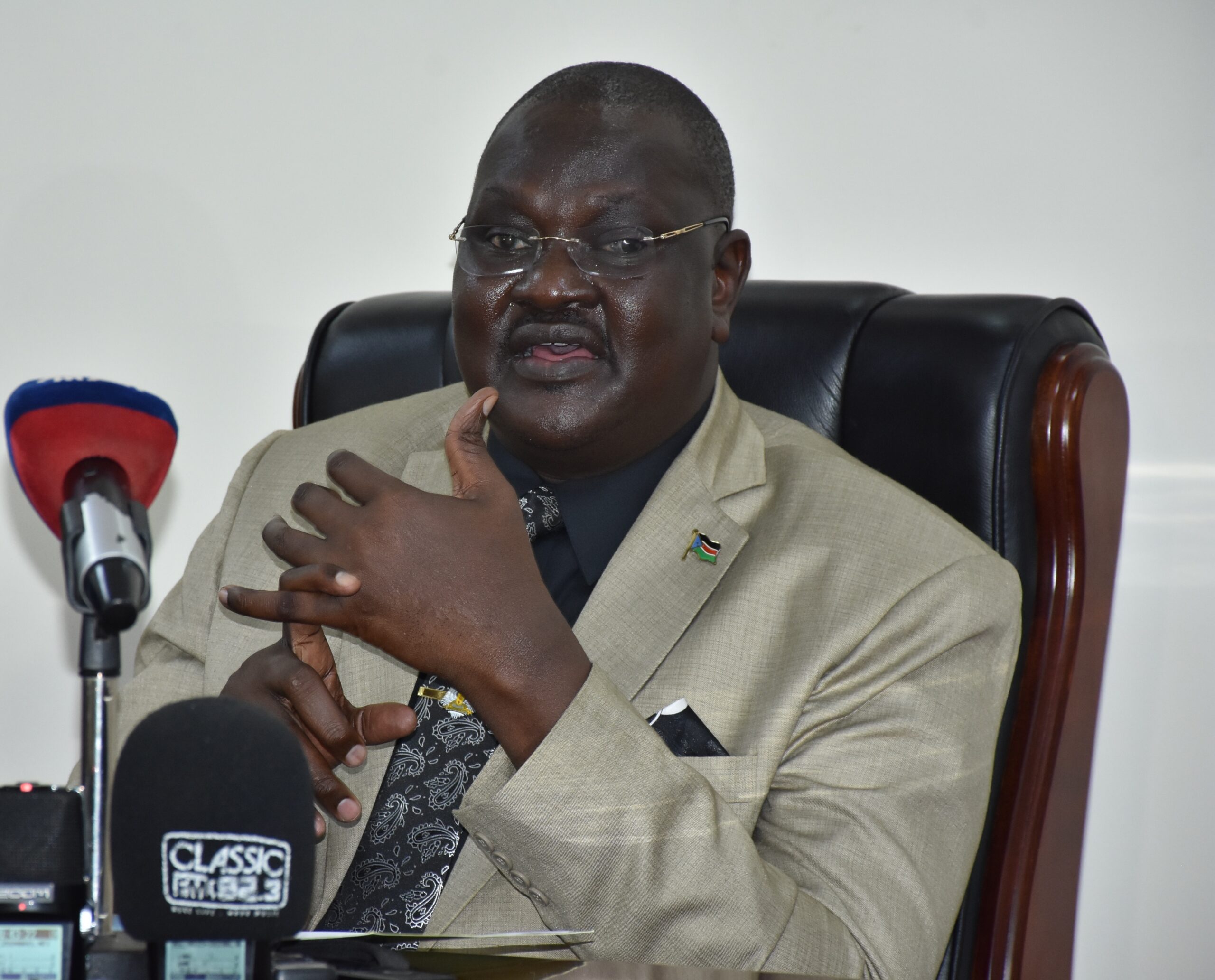
South Sudan floods worsens existing violence caused starvation-UN
By Richard Sultan
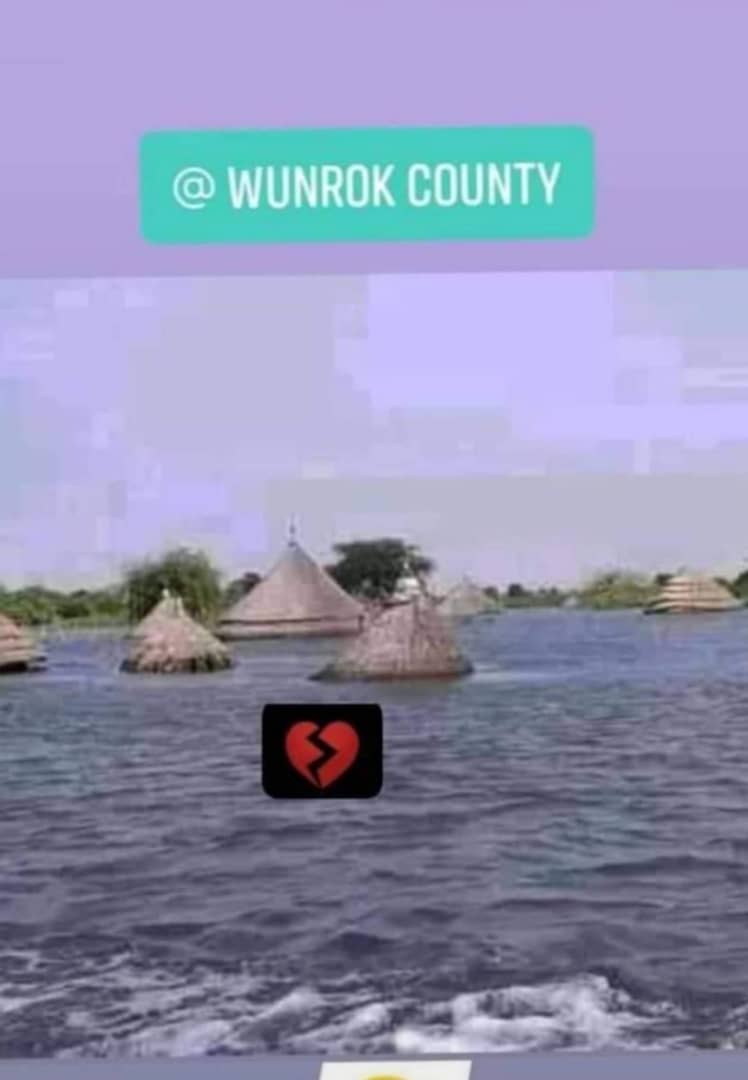
Wani Ahmed lies helplessly in the verandah of a shop in Juba town, nearly 400metres to the West of the River Nile crossing point to Kondokor Island. He is anxiously watching his sons beg for money and edibles from passerby and other well-wishers.
“ I used to be Rich according to my village standards but 10 days ago I woke up in the middle of water as a broke guy and my adjacent workshop where I sell motor bike spares and do repair works is washed away by flash floods in Gumbo Market after the Nile bridge”, Wani explains.
Wani said he has the option to go back to his village in Terkeka but he is worried of the level of violence there which initially forced him to leave his village for life in Juba.
“With no where to go, this is where I see fit to survive until the water subsides in my residence before going back to start rebuilding my life in the market”, he said.
He is just one of the over four hundred households facing catastrophic levels of hunger as a result of torrential rains and flooding across South Sudan, according to the UN last week.
“There is a very significant flood, which is covering vast areas of the country”, said Matthew Hollingworth, WFP Country Director in South Sudan. “More than 36 counties of the country are under water, submerging entire villages, homes, farmsteads, killing livestock and putting an end to livelihoods.”
Worst Flood in 60 years
The WFP official described the flooding as likely the worst in 60 years and explained that this year’s rains had begun before last year’s flood waters had receded fully.
Some 5.5 million people in the country need humanitarian assistance, according to WFP, representing half the total population.
The 2019 flooding was already “unprecedented” and had led to the expansion of wetlands, the Sobat and Nile basins, Mr. Hollingworth said, adding that this year’s crisis is likely to be even more severe, as the peak of the flood season still lies ahead.
WFP is particularly concerned that crops have been lost in worst affected Jonglei state, where 85,000 people have been displaced by rising waters and some 230,000 people have experienced flooding more than once.
Fighting Obstacles
Conflict was “very significant” ahead of this year’s rains in Jonglei, Unity and Lake State, along with the Greater Pibor Administrative Area, the WFP official explained.
This added to the current crisis by preventing humanitarians from delivering food stocks to areas while they were still accessible.
To help “half a million people more than we would usually”, WFP has appealed for $58 million to support assistance for the coming six months. This will help to fund assistance by air and boat to areas that are “completely cut off”, Mr. Hollingworth explained, including communities whose crops have been destroyed by the flooding.
He warned that it was crucially important to provide support to host communities that had to cope with people displaced by flooding or violence to prevent further tensions and flare-ups, as the country continues to make gradual progress on implementing the 2018 peace agreement.
Signs of Hope
Despite the destruction, there is a sign of hope at least for flood victims in Gumbo and other parts of Central Equatoria as eye witnesses report reduce levels of water in flooded areas.
Deng Juach, another trader in Gumbo says that by end of this week, hoping it doesn’t rain again, things will be back to normal.
“Today I was able to open my shop and God willingly the other submerged shops will be okey in five days’ time”, he told the Juba Echo on Saturday.

